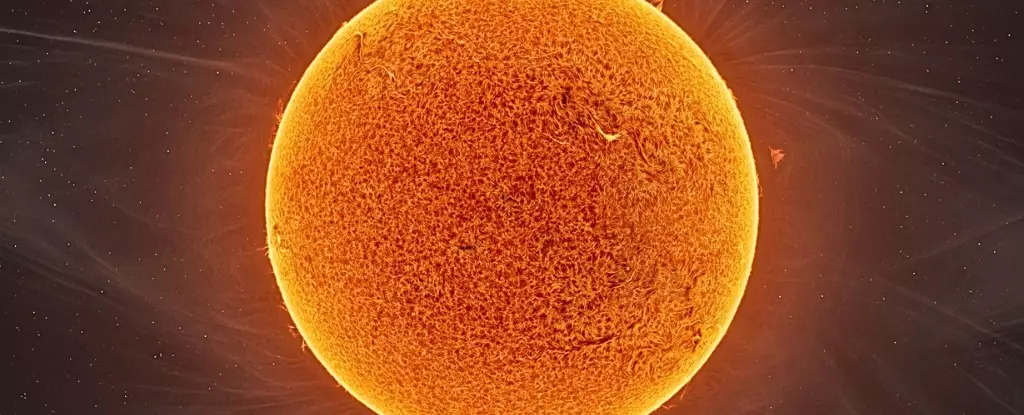Stars are often viewed simply as points of light in the vast expanse of space; however, they are much more than their luminous appearances. They are dynamic entities undergoing complex processes that produce intricate vibrations akin to a symphony. Recent research published in *Nature* sheds new light on this phenomenon by exploring the seismic activity known as starquakes—massive oscillations within the bodies of stars triggered by the eruption of bubbling gas. These vibrations unlock secrets about stellar history and internal processes, expanding our comprehension of stellar evolution across the galaxy.
The analysis in question focuses on the giant stars within the M67 cluster, located nearly 3,000 light years from Earth. Utilizing data from the Kepler space telescope’s K2 mission, researchers monitored these stars extensively, tracking their vibrational signals during a crucial phase of their life cycles. This work not only deepens our insights into the intricacies of stellar behavior but also paints a broader picture of how these celestial bodies evolve.
Frequency Signatures: The Unique Soundtracks of Stars
The vibrations emitted by stars are classified into specific resonant frequencies, akin to musical notes composing a melody. The bubbling outer layers of a star, reminiscent of boiling water, contribute significantly to this acoustic phenomenon. As gas bubbles rise and collapse, they create ripples that resonate throughout the star, producing variations in brightness that astronomers can detect. Each star, uniquely “tuned” by its mass and internal structure, contributes to a collective harmonic experience within their clustered formations.
By studying the resonance of a cluster like M67, scientists can effectively analyze the “song” these stars sing together, revealing profound information about their pasts and properties that were previously thought to be elusive. It’s a bold exploration into an orchestra of stellar vibrations that offers more than mere sound—it provides an auditory map of galactic history.
Revising Traditional Assumptions
For years, astronomers believed that starquakes in red giants provided limited insights, particularly with regard to their internal fusion activities. Surprisingly, as researchers examined the frequency signatures of stars within M67, they uncovered significant changes in the resonant frequencies related to the behavior of hydrogen-burning layers. Even in the most aged stars, the complexity of their internal dynamics began to reveal layers of information that demand a reevaluation of previous understandings.
The study highlighted an intriguing phenomenon: small frequency spacings began “stalling” at a certain phase in a giant star’s life, a behavior akin to a record player skipping notes. This stalling correlated with a critical stage where the outer envelope of the star became predominantly massive and turbulent. The shift in speed of sound through these dense regions impacts how vibrational waves propagate, further complicating the stellar resonances we observe.
A Stellar Fossil Record: Implications Beyond M67
Stars serve as cosmic time capsules, preserving the conditions of their formation environments. As a collection of these ancient celestial beacons, clusters like M67 can help astronomers trace the history of the Milky Way. By estimating stellar ages with greater accuracy, researchers are piecing together a narrative that explains how our galaxy came to be through mergers with smaller galaxies, each contributing differently to stellar development.
Moreover, insights gleaned from these distant stars act as guides for predicting the future of our own Sun. Understanding the intricacies of starquake activity grants us a clearer view into the evolutionary journey our solar system will undertake over the eons. Each oscillation holds a clue to the changes that await, representing an ongoing dialogue between present observations and future cosmic events.
Listening to The Cosmos: A Call to Re-examine Old Data
This recent breakthrough invites a critical reevaluation of seismic data collected from numerous stars throughout the Milky Way. The new understanding of starquakes not only offers fresh methods for analysis but also illuminates existing datasets that may have been overlooked. With this knowledge, scientists can return to their vast archives, tuning their instruments to discern the hidden melodies that echo through time.
In essence, the realization that we can “listen” more effectively to the symphony within stars compels us to consider our place within the galaxy. Each discovery has the potential to ripple through our understanding of the cosmos—a reminder that even the stillness of night carries an orchestra of history waiting to be unveiled through the science of starquakes.

